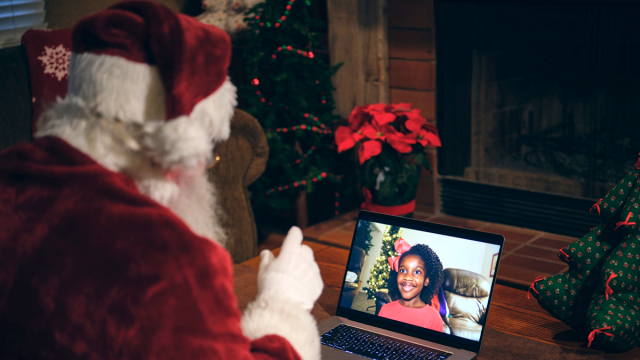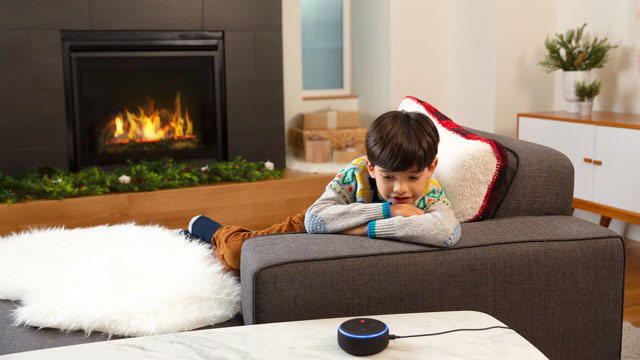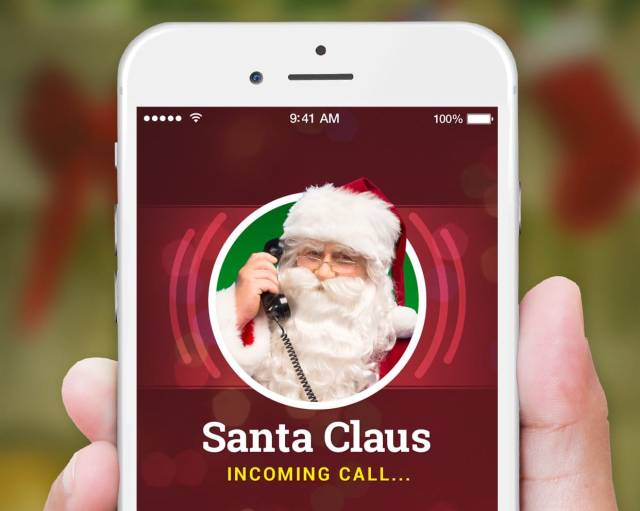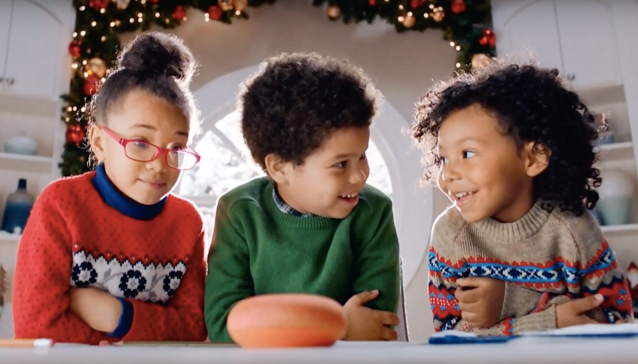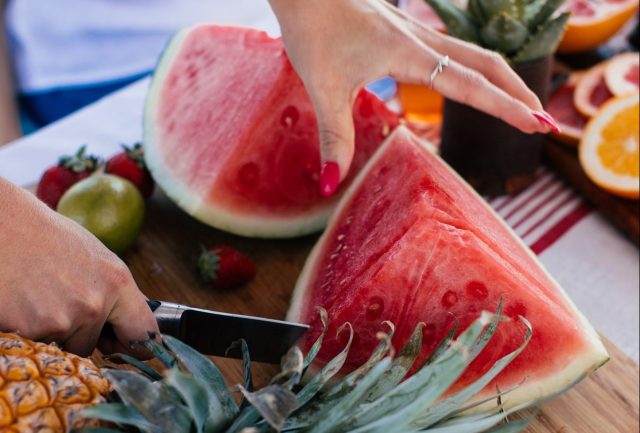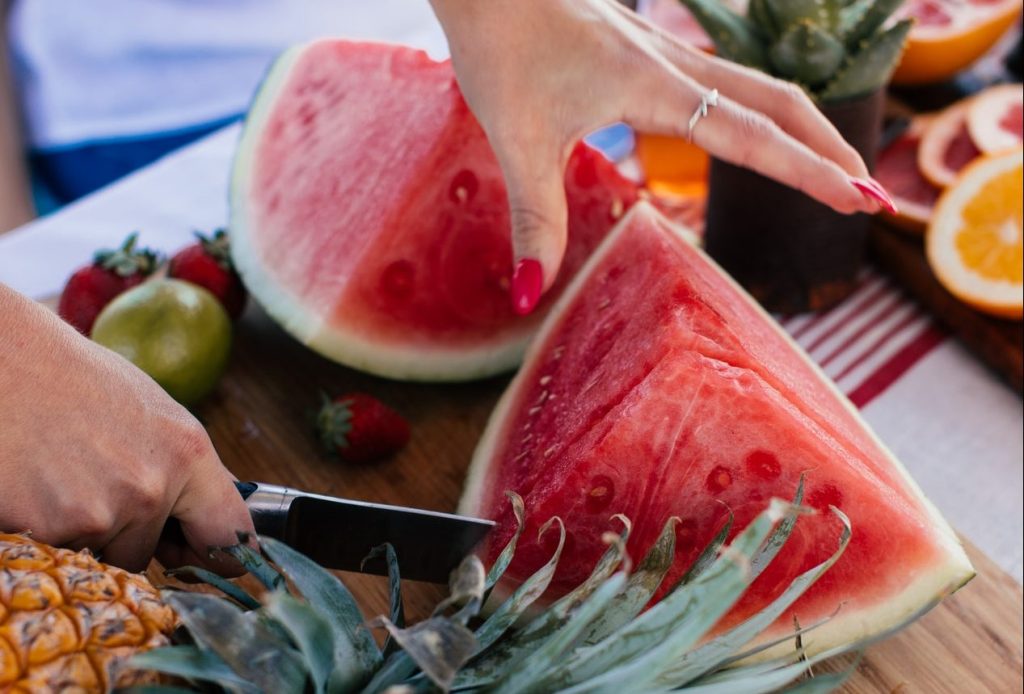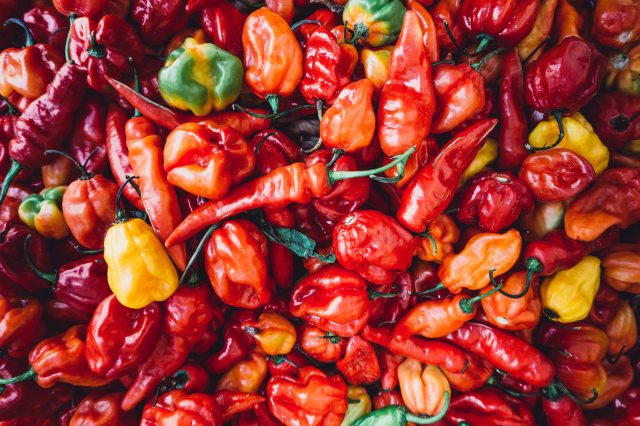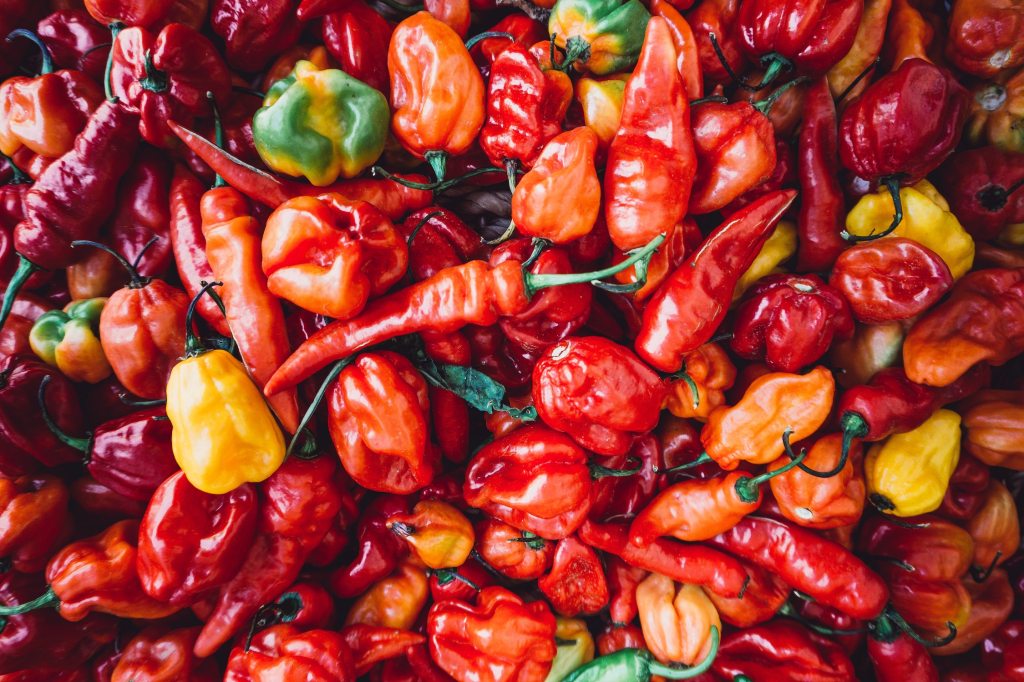In the United States, children as young as second graders have joined a rapidly growing body of youth who vape. Intervention by parents, caregivers and community leaders is necessary to protect kids of all ages who have developed this unhealthy habit.
The Food and Drug Administration (FDA) has declared that vaping is an epidemic. Former FDA commissioner Scott Gottlieb has expressed that the vaping problem caught the agency off-guard. According to Gottlieb, vape manufacturer Juul is the prime catalyst of the crisis.
In an interview, Gottlieb recalled delaying a process that would have placed vape products under increased FDA scrutiny. Now, however, Gottlieb believes he may have made a mistake.
Today, parents and caregivers must protect children from a range of potential dangers. Vaping is the latest addition to this unfortunate list. You can learn how to protect children from the latest addition to one of the many things that threaten their welfare by understanding a few facts about the product.
In 2015, Juul quickly captured 40% of the vape market. Unfortunately, a large segment of its consumers encompasses teens. Approximately 3 million high school students used a vape product in 2018, according to government research.
According to Stanford scientist Bonnie Halpern-Felsher, her research shows that Juul products contain an astronomical level of nicotine. Most vape products contain nicotine levels that vary between 1% to nearly 2.5 %. Juul vape products, however, contain a nicotine level of 5%. Since the study, the company has introduced vape products with 3% nicotine.
In a CNBC documentary, Juul CEO Kevin Burns has apologized for his role in contributing to the vaping epidemic. During an interview for the documentary, Burns empathized as a fellow parent.
He expressed that his company has responded to the problem by ceasing all social media promotions and recalling fruity vape products that appeal to teens. Nevertheless, criticism of Juul continues, and in the company’s San Francisco base of operations, government officials have banned vape products entirely.
How Big Is the Problem?
Statistically, if someone doesn’t start smoking by the age of 26, they never will. Every day in the United States, over 3,000 teens smoke their first cigarette, and over 2,000 of them decide to start smoking daily.
As a parent, guardian or even a community leader, there are ways that you can help to prevent vaping among youth.
Youth are at risk due to a range of products, including vapes, cigarettes, cigars, cigarillos, hookahs, and smokeless tobacco. Many tobacco products are now flavored and marketed in the same fashion as candy – making them appealing to youth.
In 2018, one study showed that 30% to nearly 40% of high school children used vape products, and a 2017 study showed that more than 30% of youth who used vape products started smoking cigarettes, compared to a little over 8% of those who didn’t vape.
Contrary to manufacturers’ claims, a Yale study shows that vaping does not help people quit smoking. Instead, vaping increases the risk of smoking, and consumers face the same health risks when they vape as they do when they smoke cigarettes – if not more.
Case in point, a Children’s Hospital study has revealed that vape products contain chemicals that pose a greater risk of causing cancer than cigarettes. The same study also found that teens often use vape products to hide the smell of marijuana.
Vape manufacturers countered the commercially adverse effects of the studies by launching products in a range of enticing flavors. Resultantly, 43% of high school and middle school students have tried the product. Due to this outcome, the Surgeon General declared vaping an epidemic in December of 2018.
Juul’s marketing practices have specifically targeted the youth population. In September 2018, the US government seized thousands of the company’s documents detailing its marketing and advertising practices.
On November 2018, Juul responded by announcing through its social media channels that it will discontinue any social media engagement with the public. This announcement was an abrupt about-face from 2015 when Juul launched a $1 million scholarship contest awarding those who wrote the best essays about the benefits of vaping.
How Can I Make a Difference?
American Heart Association (AHA) spokespersons express that public health campaigns reinforced by parental guidance have proven effective at stymieing teen vaping. AHA representatives recommend that parents start talking to children about the harmful effects of nicotine products as early as kindergarten.
However, they warn parents not to pressure children into accepting their point of view. Instead, suggests representatives, parents should maintain an ongoing two-way dialogue about the topic.
Also, parents should prepare their children to deal with peer pressure. Role-playing may help in this regard.
Furthermore, suggest AHA spokespersons, parents should refrain from punishing teens who vape. Instead, guardians should express that they understand the lure of the product and how it causes addiction. Empathy, as it turns out, may prove more productive instead of punishing teen smokers.
More importantly, parents should show rather than tell, when it comes to teaching their kids that smoking is a bad idea. Parents who don’t want their kids to smoke should lead by example and not smoke themselves. AHA officials also suggest that parents maintain a smoke-free home and prohibit smoking in their house and vehicle.
You can find out more about teen smoking cessation by visiting the American Heart Association website.
Sarah Daren has been a consultant for startups in industries including health and wellness, wearable technology, and education. She implements her health knowledge into every aspect of her life, including her position as a yoga instructor and raising her children. Sarah enjoys watching baseball and reading on the beach.
